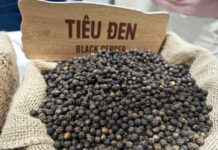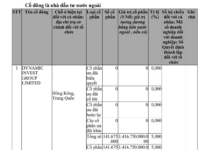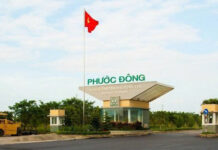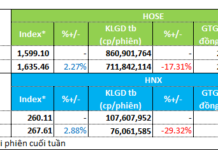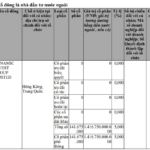
Illustrative Image
According to statistics from the Vietnam Pepper Association (VPSA), Vietnam’s cardamom exports in October 2025 saw a significant decline compared to the previous month, both in volume and value. However, over the first ten months of the year, the industry maintained steady growth, driven by sustained demand from key markets.
In October, Vietnam exported 705 tons of cardamom, equivalent to USD 3.4 million in revenue. Compared to September, export volume decreased by 25.4%, while revenue dropped by 21.8%. This decline reflects a more cautious approach from import markets, coupled with domestic supply challenges due to weather conditions and harvesting cycles.
India remained Vietnam’s largest cardamom export market in October, importing 321 tons, nearly half of the month’s total volume. India’s robust spice and food processing industry provides a stable demand base, offering crucial support to Vietnam’s cardamom exports even as other markets experience fluctuations.
Beyond India, Vietnamese cardamom is exported to traditional markets such as China, Bangladesh, and Pakistan, as well as European markets for food production, pharmaceuticals, and fragrances. However, in October, these markets collectively reduced their demand, significantly impacting overall export volumes.
Despite October’s decline, the overall outlook for Vietnam’s cardamom industry remains positive. In the first ten months of 2025, Vietnam exported a total of 11,898 tons of cardamom, generating USD 47.9 million in revenue. This represents a notable increase compared to the same period last year, particularly in light of challenges faced by other agricultural products.
Lạng Sơn province, Vietnam’s cardamom capital, boasts over 43,370 hectares of cardamom forests, accounting for approximately 70% of the country’s total cardamom area. Of this, more than 28,000 hectares are in stable production.
Exporters note that global demand for cardamom is becoming increasingly diverse. Beyond food processing, cardamom is now used in cosmetics, essential oil production, and high-end fragrances. This diversification opens new market opportunities, particularly in countries with advanced food and healthcare industries.
However, Vietnam’s cardamom industry faces several challenges. Its heavy reliance on traditional markets makes exports vulnerable to demand shifts in key destinations. Additionally, the cardamom supply chain lacks full standardization, particularly in preprocessing, storage, and quality control, limiting access to high-standard markets like the EU and the US.
Businesses also highlight high international logistics and transportation costs, which undermine the competitiveness of Vietnamese cardamom. Currency fluctuations in importing countries further complicate revenue calculations, as exchange rate volatility can distort the relationship between volume and value.
In response, experts emphasize the need to standardize production processes, especially in key growing regions such as Lạng Sơn, Cao Bằng, Bắc Kạn, and Quảng Ninh. Adopting sustainable farming practices and increasing the proportion of high-quality, export-grade products will help expand market reach, reduce dependence on traditional markets, and enhance product value.




